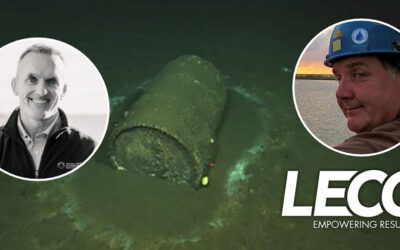 Ever since its development in 1883, the Kjeldahl method of protein determination had been the standard in laboratories across the world. It wasn’t until the 1990s that the Dumas method began acquiring a foothold. Though the Dumas method was technically older than the Kjeldahl, only recent technological developments have made it easily accessible to labs, and “easily accessible” is certainly one way to describe the modern Dumas method of protein determination, especially how LECO does it.
Ever since its development in 1883, the Kjeldahl method of protein determination had been the standard in laboratories across the world. It wasn’t until the 1990s that the Dumas method began acquiring a foothold. Though the Dumas method was technically older than the Kjeldahl, only recent technological developments have made it easily accessible to labs, and “easily accessible” is certainly one way to describe the modern Dumas method of protein determination, especially how LECO does it.
The Kjeldahl method was a laborious and time-consuming process since the beginning. As a classic wet chemistry digestion method, it required the existence of a wet chemistry lab and an analytically trained lab worker, along with strong acid and base reagents requiring fume handling and waste disposal. A single sample run could take hours. As safety regulations grew more robust, some of the most efficient Kjeldahl catalysts were phased out, resulting in lower nitrogen recovery during the digestion phase and a lower nitrogen bias.
On the other hand, the Dumas method was a combustion-based method, using oxygen to convert the protein-nitrogen into N2/NOX gas. The NOX is reduced to N2, and the rest of the combustion gases are filtered out, leaving just N2 to be measured by a thermal conductivity (TC) detector.

With the efficiency of both the instrument and the LECO consumables designed to optimize its abilities, the FP828 is capable of running a single sample in less than three minutes. This is a huge improvement over the several hours required for the Kjeldahl method, leading to a massive increase in throughput. With the limited reagents and consumables required per run, the LECO combustion furnaces have lowered the cost-per-analysis, and they can even be configured to use argon gas instead of the currently expensive helium without any hardware changes needed.
A LECO FP828 is so simple to use that it doesn’t even need a laboratory or analytically trained lab worker to be successful.
To learn more about these protein determinators and see a demonstration of the FP828 analyzing both a solid and a liquid sample, you may view on-demand webinar: Kjeldahl vs Dumas – How Do You Determine Protein?




